HDCP Errors on LG TVs: What They Mean & How to Fix Them
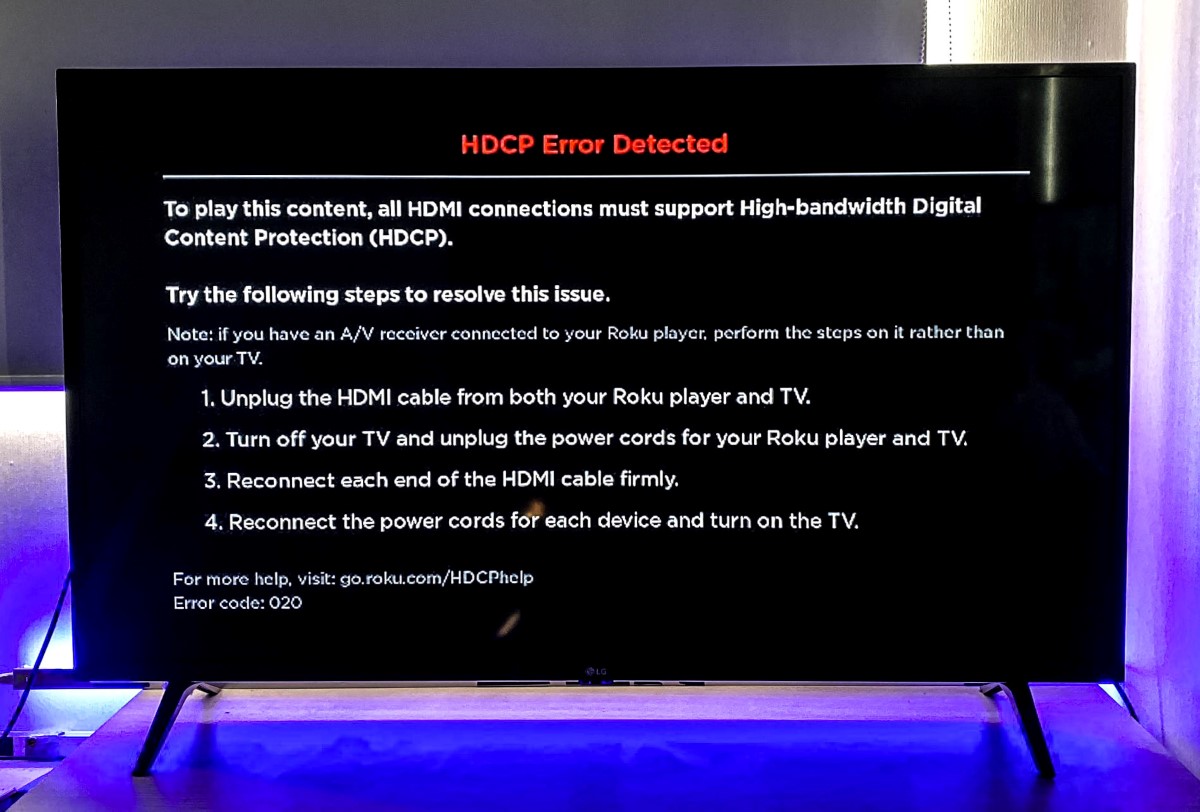
What To Know
- All LG TVs manufactured after 2014 have at least one HDMI port that is HDCP 2.2 compliant, in line with Consumer Electronics Association standards.
- To check if your LG TV is HDCP compliant, look up its model number in the TV settings and search for its specifications online, or check the TV’s box or user manual.
- To fix HDCP errors on LG TVs, try using an HDMI splitter, updating the TV’s firmware, performing a soft reset on all devices, or replacing non-HDCP-compliant components.
In this article, I’ll show you how to determine whether your LG TV is HDCP compliant and also how to fix the HDCP error effectively.
Let’s get started!
Quick Navigation
Are LG TVs HDCP Compliant?
According to LG, all TVs manufactured after 2014 have at least one HDMI port that is compliant with HDCP (High-bandwidth Digital Content Protection) 2.2.
This is in accordance with the requirements of the Consumer Electronics Association, of which LG is a member.
How To Determine if Your LG TV Is HDCP Compliant
Figuring out whether your LG TV is HDCP compliant is a straightforward process, and you can easily do this at home.
The quickest way to find out is by visiting the manufacturer’s website.
Start by identifying your TV’s model number, which you can find in the TV’s settings.
To locate it, go to All Settings, then General, followed by Devices, TV Management, TV Information, and finally, the Model line.
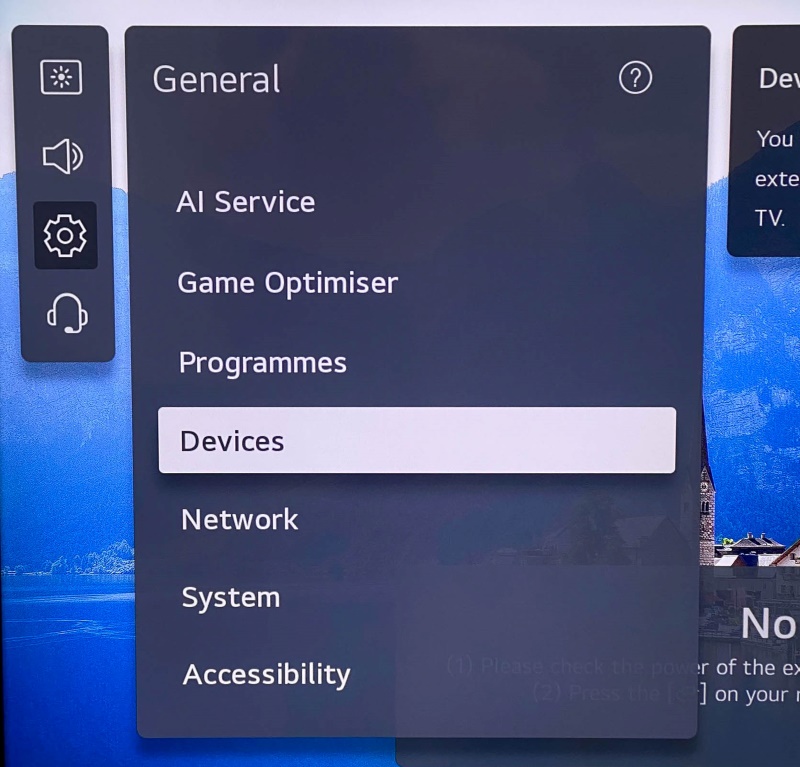
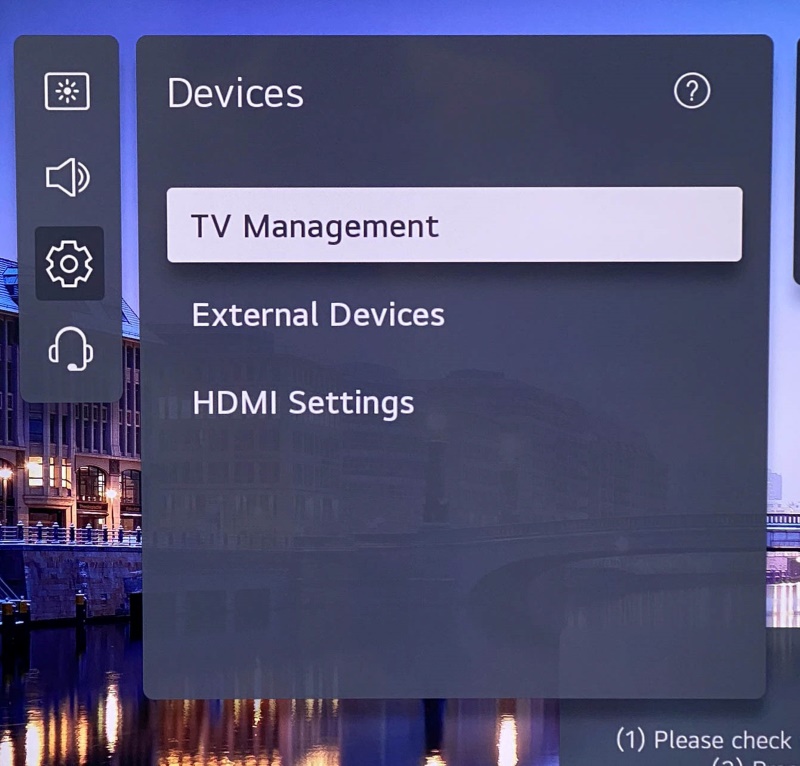
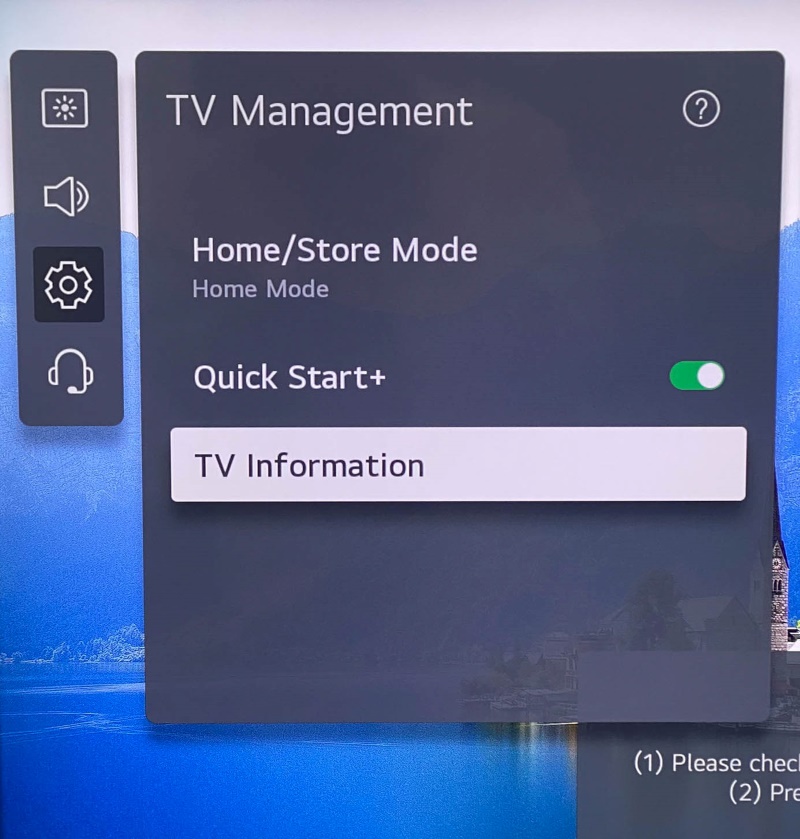

Once you have the model number, use it to search online for your TV’s specifications.
Pay special attention to the HDMI input section; if it lists HDCP compliance, your TV supports it.
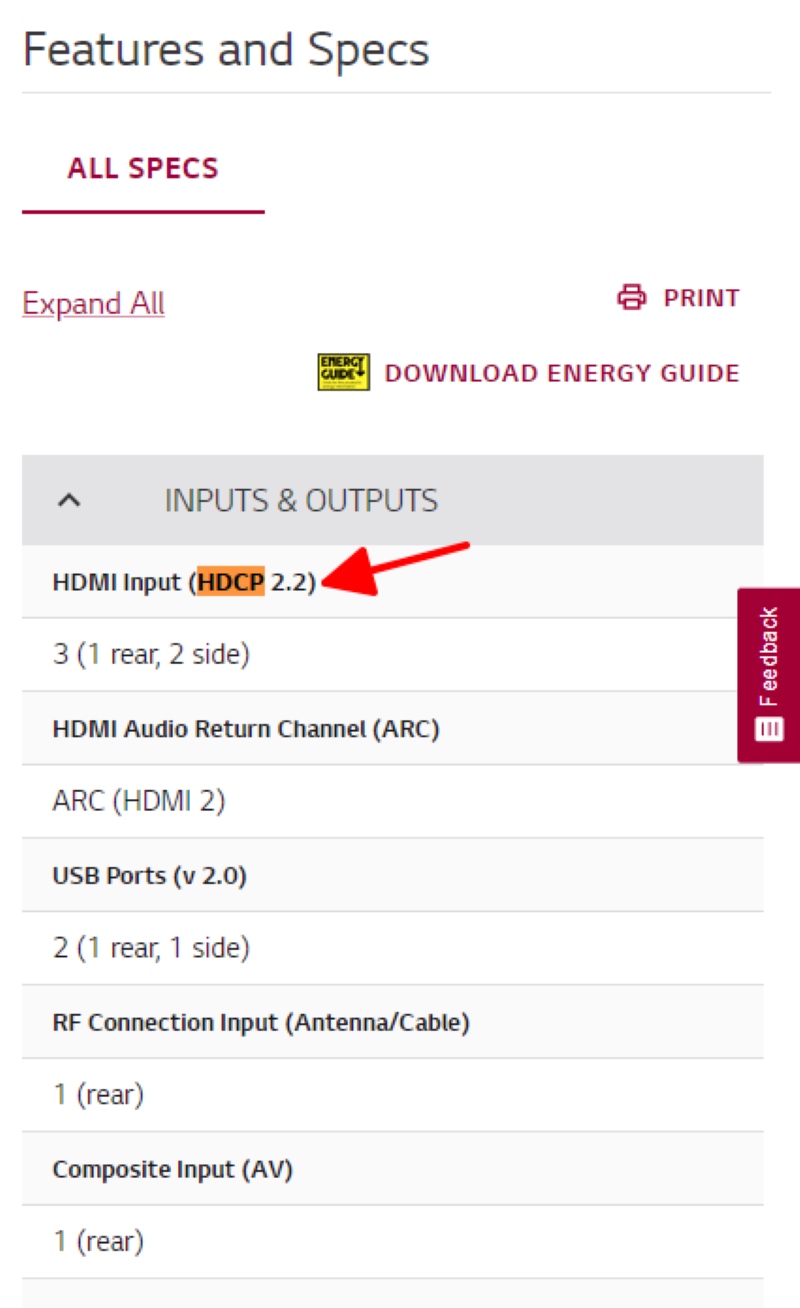
Besides the LG website, other reliable sources for this information include reputable websites like Rtings.com.
Another useful tip is to check the box your TV came in.
Manufacturers often mention HDCP compliance on the packaging.
If you still have the user manual, you can also look for HDCP information there.
Usually, there is a section about video cables or ports which should indicate whether your TV is HDCP compliant.
In case you don’t have access to the box or manual anymore, there’s no need to worry.
You can always reach out to the customer support team of your TV’s manufacturer. They are there to provide you with direct information regarding your TV’s HDCP compliance status.
How To Fix the HDCP Error on Your LG TV
Encountering an HDCP error on your LG TV can be frustrating, but it’s often a simple fix.
This error typically indicates a communication problem between your TV and an external device, like a streaming device or a laptop.
Sometimes, the issue might be due to non-compliant HDCP devices or cables.
Take, for instance, when you connect a Roku Express 4K to an older LG TV model, you might see error messages such as “HDCP ERROR” or “ERROR: NON-HDCP OUTPUT.”
However, there’s no need to worry; there are a few solutions you can use to resolve this issue.
1. Use an HDMI Splitter
An effective way to bypass the HDCP error is to use an HDMI splitter. This device is placed between your TV and the input device.
If you’re interested in finding a suitable HDMI splitter, check our detailed article listing the top HDMI splitters for this purpose.
Here’s how I connected my Roku Express 4K to my LG TV using an HDMI splitter:
Step 1: Power on the HDMI splitter.
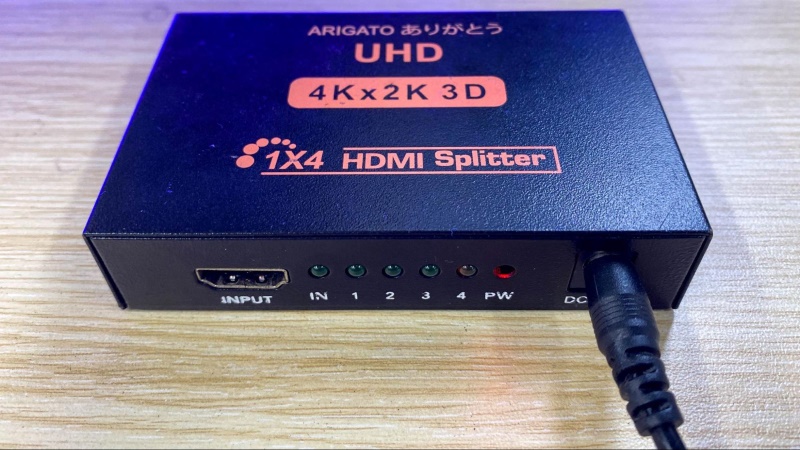
Step 2: Connect the Roku Express to the splitter’s input port using an HDMI cable.
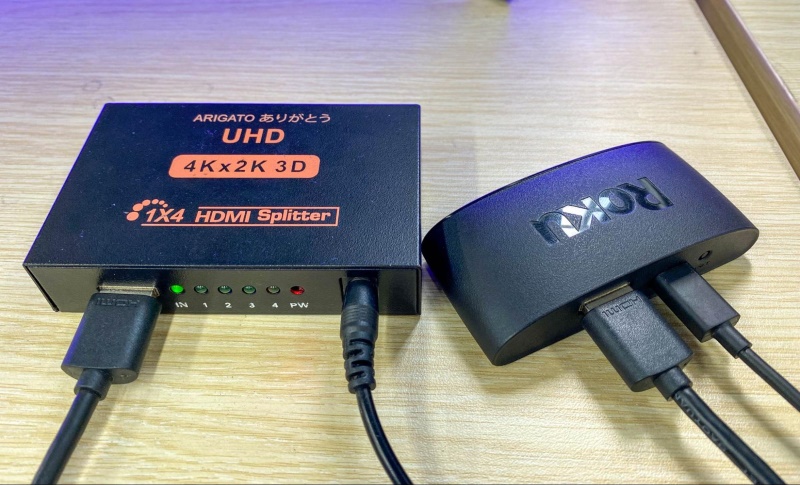
Step 3: Attach another HDMI cable from the splitter’s output to your TV’s HDMI slot.
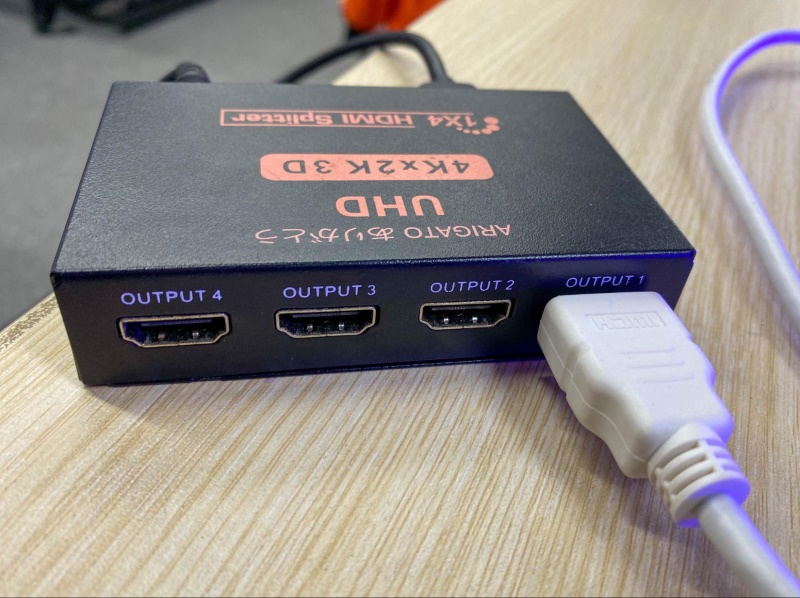
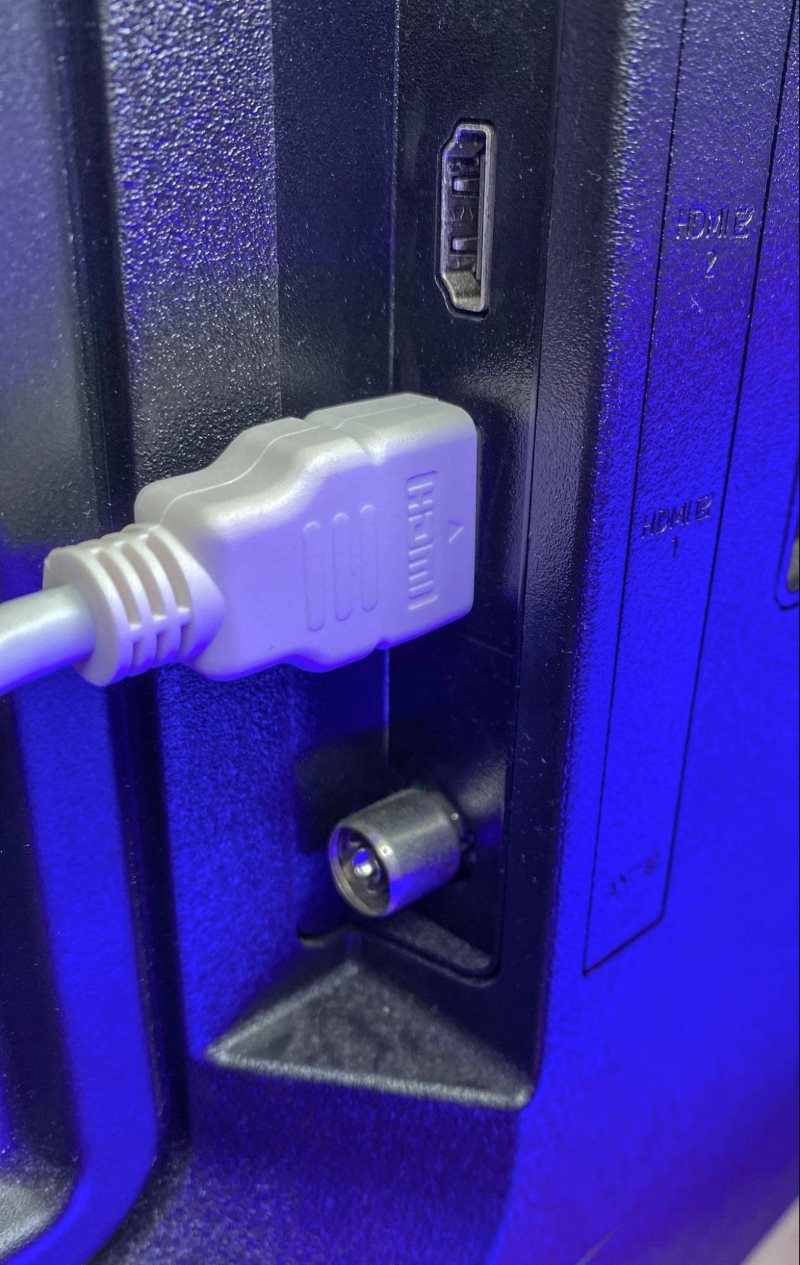
Ensure your TV’s input setting is switched to HDMI.
This setup with the HDMI splitter stops the HDCP request from being communicated between the TV and the Roku Express 4K, allowing the TV to display the Roku’s home screen.
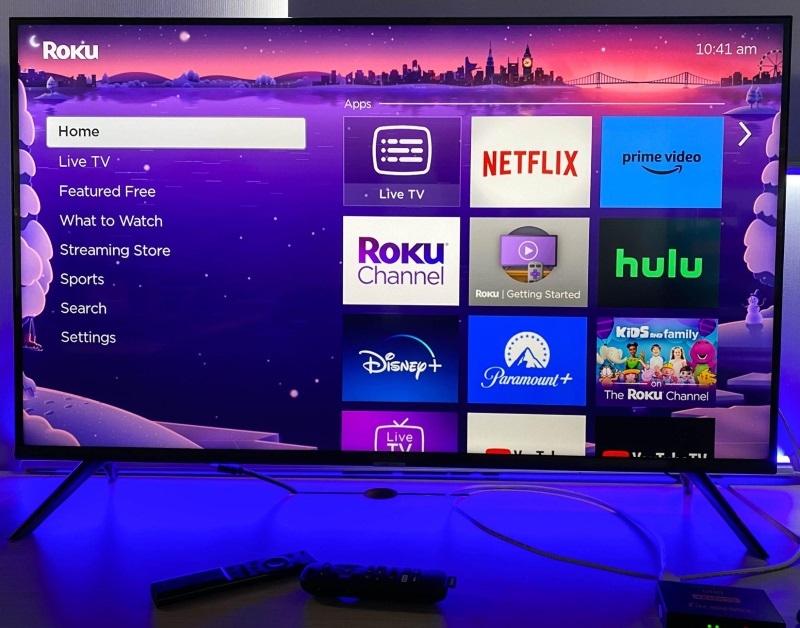

2. Update Your TV’s Firmware
Recently, many users have encountered a problem where their LG C1 OLED TVs don’t support HDCP 2.2 (an essential feature for high-definition content) while connecting to PS5 game consoles.
Instead, these TVs show compatibility with the older HDCP 1.4 version.
This can be a bit of a setback, especially when you’re eager to dive into your favorite games with the best visual quality.
To address this, LG has taken a significant step by releasing a new firmware update, version 03.20.80.
This update specifically tackles the compatibility issues, ensuring that your LG C1 OLED TV can keep up with HDCP 2.2 requirements.
It’s a move that shows LG’s commitment to providing a top-notch gaming experience.
To avoid running into this hiccup, it’s best to check that your TV’s firmware is updated to version 03.20.80 or a newer version.
Keeping your firmware up-to-date is not just about fixing issues; it also means you get to enjoy any new features or improvements LG introduces.
Wondering how to update your TV’s firmware? It’s pretty straightforward.
Just grab your remote and navigate through these menus on your TV: All Settings > Support > Software Update > Check for Updates.
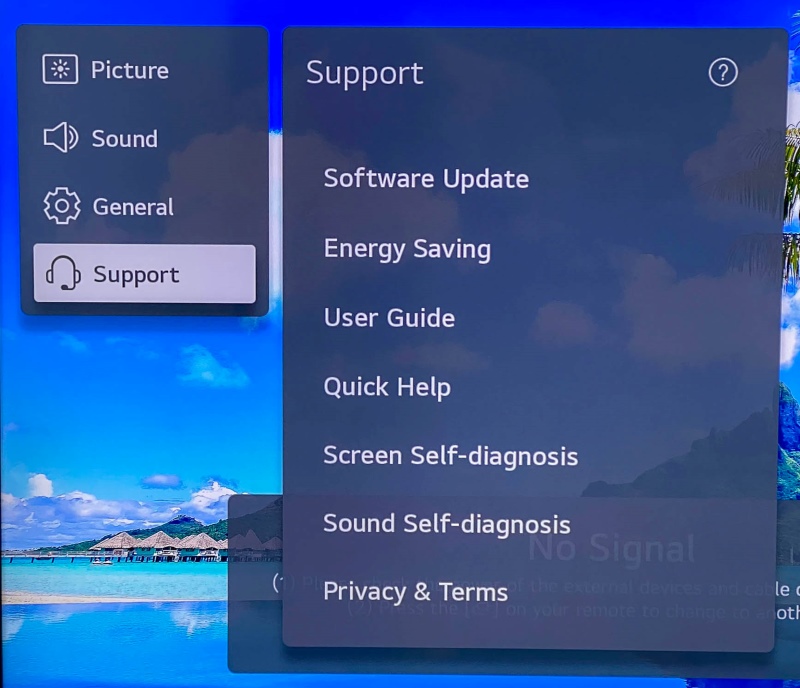
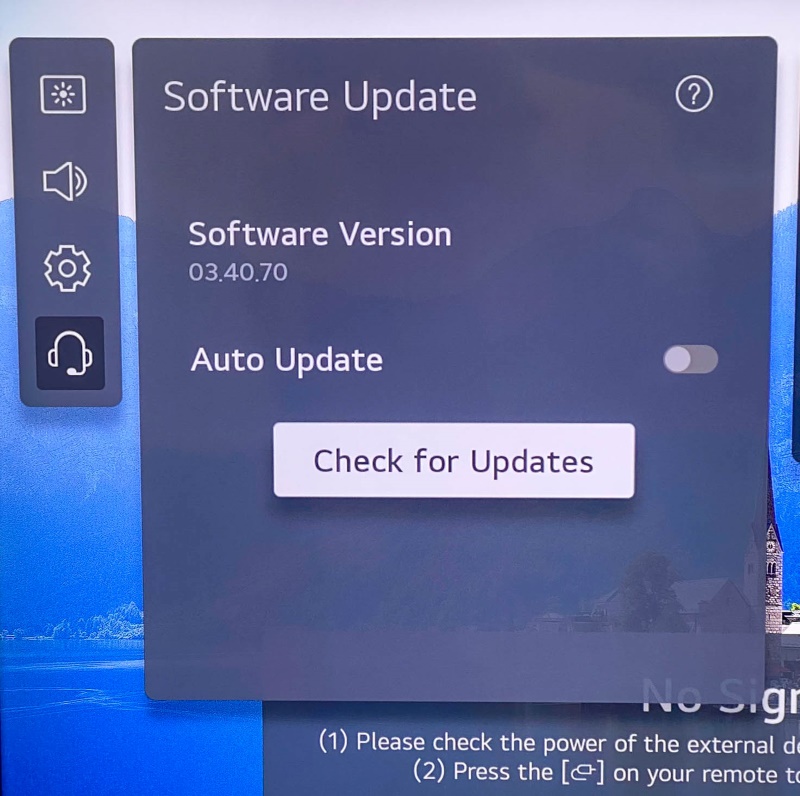
3. Perform a Soft Reset on All Devices
Occasionally, an HDCP error can happen due to a loose HDMI connection or conflicts between devices, a soft reset might just be the solution you need.
To do a soft reset, follow these steps:
- Start by switching off your TV and connected devices, like gaming consoles or Blu-ray players. Then, unplug their power cords from the outlet.
- Next, detach any HDMI cables from your TV and devices. Wait around two minutes after everything is unplugged, allowing the devices to reset and discharge any internal voltage.
- Now, reconnect the power cables to your TV and devices, plugging them into the outlet. While reattaching HDMI cables, consider using a different HDMI port on your TV, if available. This could solve issues if the original port was problematic.
- Finally, power on your TV and devices. This step completes the soft reset, hopefully resolving any HDCP errors and letting you enjoy your TV again.
4. Replace the Non-HDCP Compliant Cable, TV, or Source Device
In setting up your home entertainment system, ensuring that all components, including adapters, cables, and devices like your TV and streaming source, are HDCP (High-bandwidth Digital Content Protection) compliant is crucial.
HDCP is a security feature that prevents unauthorized copying of digital audio and video content.
If your TV show or movie doesn’t play correctly, it might be due to a non-compliant part in your system.
Often, replacing this non-compliant item with an HDCP-compliant one resolves the issue.
For those with older TVs, upgrading to a newer model, which supports the latest digital content protection standards, can enhance your viewing experience significantly, offering improved picture and sound quality.
Meet Vance. He’s a proud dad, a seasoned Electronics Engineer, and an avid tech lover. His proficiency in electronics and troubleshooting skills were instrumental in crafting Pointer Clicker. Vance is passionate about simplifying tech for those who aren’t well-versed in it.

